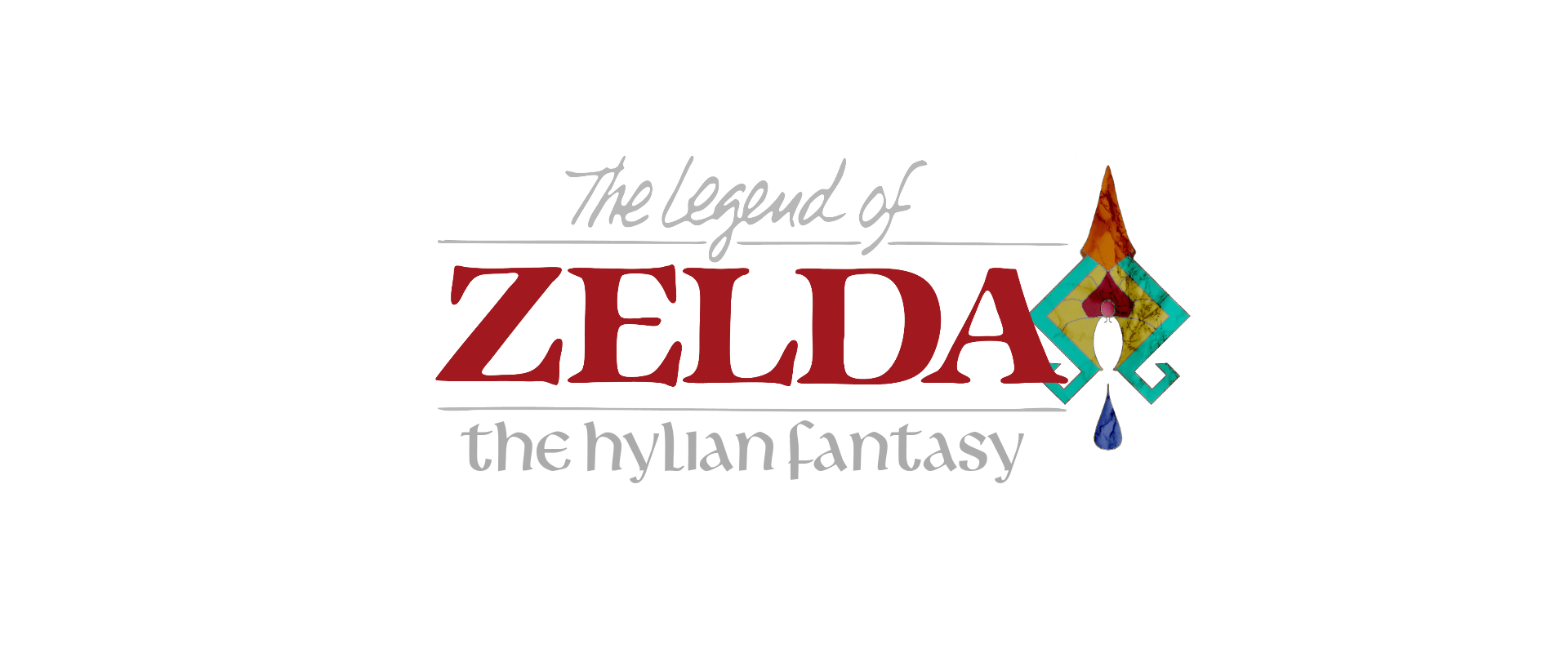Holu'elouyun Ceremony (ˈhoʊlu eˈləʊyn)
Meaning "to make holy"
The low hum of Deggagi rose from the outside of the ceremonial ring. Apparently, the Goron had traveled with Ishes Nimarin for long enough to have come to the faith and added his own solemn prayer to this rite for the dead. So I watched as the young priestess raised her Elougehen. The dance was always the same, everytime I'd seen it. A turn, step, turn, step, step, bow. Repeat. Around the ring. Ishes nor anyone standing there was expecting the bodies to burst into flame though.A traditional cleansing ceremony performed by the Hylian Priesthood. This is most commonly used for preparing bodies for cremation, usually a week after death.
History
The earliest examples of the Holu'elouyun are known to have been performed for daughters of the Royal family, ensuring they were ritually clean before coming into adulthood and their position as the goddess incarnate. Overtime the ritual would be extended to marriages and eventually intertwined with funerary rites, adding the element of fire so commonly seen.
Execution
Components and tools
Traditionally an Elougehen is used, but some ancient texts point to scepters and swords that had been suitably blessed as also being used.
Purification ties must be made for any ritual and are Submerged along with the thing purified. Ties left on the Gehen can become cursed and can cause darkness to infect the spirit of the owner.
Participants
Observance
Preparation for the rite begins early in the morning, ensuring that plenty of fresh water is available. The rite itself must take place during day, with sunlight broadly available. Per the ancient tales, this is so Majora can consume any evil in her light. It is considered bad luck to have a cloud block out the sun during key parts of the ceremony, and an omen of ill fortune for an eclipse to happen at any point during the observance.




Comments